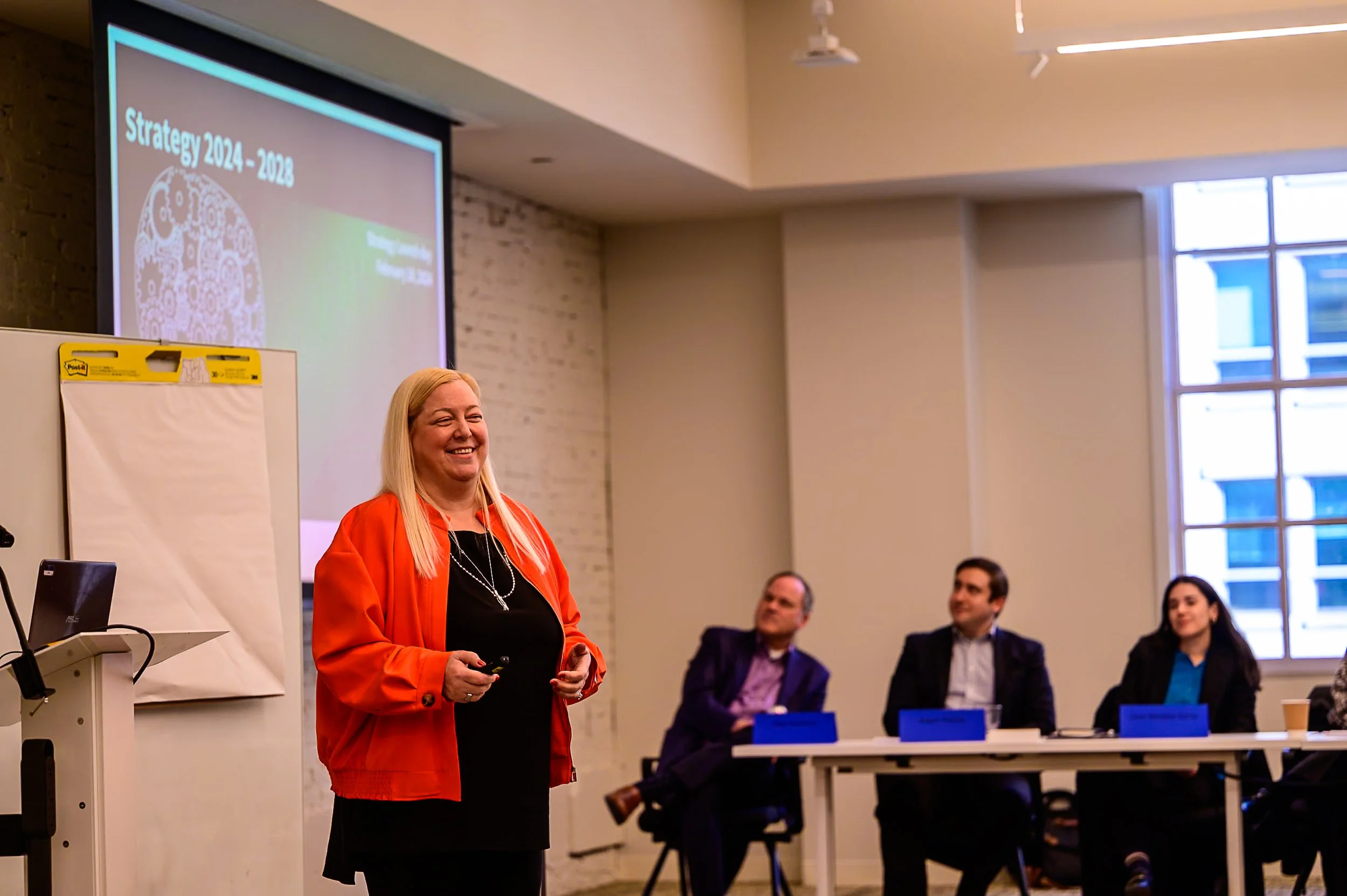Think Twice Before Immigrating to Italy
A hot topic in the United States and in many European countries this year, immigration debates intensified in Italy’s Parliament due to the increased number of immigrants flooding Italy’s borders. Why such a big debate? Italy’s immigration policy is not well defined, relatively new, and full of contradictions.
Two serious problems with Italy’s immigration system is the failure to correctly define immigrants’ status and the short time frame between legal residency and illegal status.
Current immigration policy labels undocumented immigrants as “illegal.” These immigrants are not all illegal – but many come from war torn countries like Syria, Somalia, and Eritrea. In the U.S., we recognize these persons as refugees. Italy’s constitution, as well as international laws, guarantee protection to persons fleeing countries for reasons such as fear of persecution. Many are concerned that enforcing deportation of these immigrants from Italy is unconstitutional.
Problems with Italy’s worker visa policies persist as well. If a person comes to Italy legally on a work visa but does not renew it on time, they have only 15 days to leave the country. Transgressors are quickly classified as illegal.
Struggling to come up with a sound immigration policy since the early 1990s, Italy’s economic crisis put immigration at the forefront of many debates. The economy in Italy is weaker than it has been since 1929.
One strategy for boosting economic growth and competition is immigration. Italy must create a policy that increases legal immigration, obtains work for immigrants, and targets highly skilled workers. Without these policy changes, Italy’s economy may continue to suffer and refugees may not have the opportunity to escape war torn countries.





















